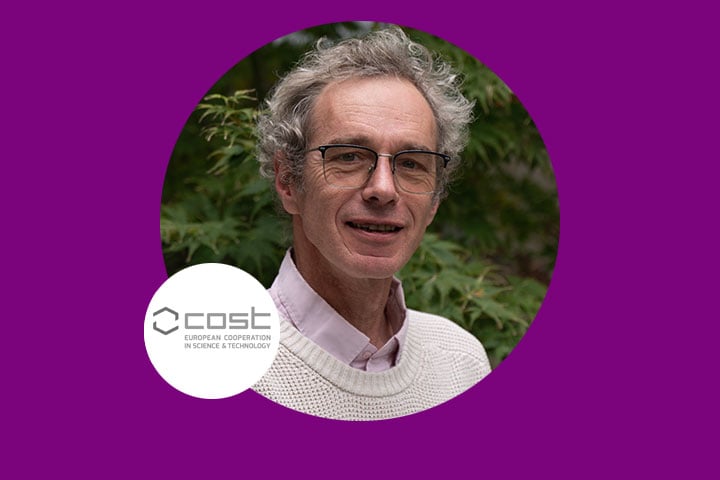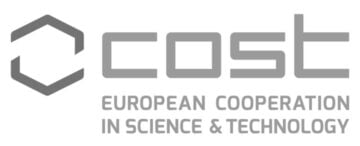
New COST action on psychedelics
 The COST PSY-NET action on psychedelics was created in October 2025. Philippe de Deurwaerdere, researcher and co-head of the P3TN team at INCIA, has just joined this action as co-chair. He explains the role of COST and how to join this project.
The COST PSY-NET action on psychedelics was created in October 2025. Philippe de Deurwaerdere, researcher and co-head of the P3TN team at INCIA, has just joined this action as co-chair. He explains the role of COST and how to join this project.
Bordeaux Neurocampus: Can you explain what a COST action is?
 Philippe de Deurwaerdere: COST, which stands for Cooperation in Science and Technology in Europe, brings together European partners on a given theme, with countries represented by researchers and similar professionals. Each year, several COST actions are approved after a project submission, in a highly competitive environment. These actions last four years.
Philippe de Deurwaerdere: COST, which stands for Cooperation in Science and Technology in Europe, brings together European partners on a given theme, with countries represented by researchers and similar professionals. Each year, several COST actions are approved after a project submission, in a highly competitive environment. These actions last four years.
COST does not fund research but rather interactions, such as specific meetings for the action and short-term missions. Additional financial support mainly covers meetings for young researchers and possibly open access publications.
What does the COST action on psychedelics, in which you are involved, consist of?
Action CA24130 ‘Psychedelic renaissance: turn on, tune in and drop in’ (PSY-NET) is a translational project covering chemistry, database creation, and preclinical and clinical studies. There is also a desire to shift policy at the European level regarding the availability of these compounds in clinical and preclinical settings.
Psychedelics have several biological properties that could lead to new treatments for mood disorders, addiction and pain, to name just three examples.
It is possible to join this action, as a member, or other actions elsewhere, if it is of interest to our research.
How can research staff at Bordeaux Neurocampus – or the University of Bordeaux – join this action?
To join an action, you must submit a reasoned request to the action’s Management Committee, which includes the managers and representatives of all the countries participating in the action. The representatives for France are Dr Lucie Berkovitch and myself. You will need to create an e-COST profile if you do not already have one. You can then submit your application via the initiative’s website by clicking on ‘apply’ and filling in the fields (including your interest in working groups). You will join the initiative as a member. However, the first step is to contact me to discuss it.
The general direction of the action with the project, and the deliverables, are described in the Memorandum of Understanding (MoU). When joining an action, one is more interested in a particular working group. It is possible to contact the working group leaders, the action chair or vice-chair for further details. Action CA24130 has six working groups: Chemistry & Biophysics, Preclinical, Clinical, Advances in Neuroimaging, Data Sharing and Databases, and Policy Making.
How does a COST action work and what is the commitment of its members?
Each action establishes a four-year plan. The budget is defined according to the number of countries and participants. For action CA24130, there will be an annual action meeting and a meeting for each working group, in small committees. I plan to hold a CA24130 action meeting in Bordeaux, as I did in 2014 for another action.
Being a member of a COST action does not imply any specific responsibility. It can be an opportunity to present work at a meeting and find partners. It is also an opportunity to participate in joint work – joint publications, setting up projects – with completely unexpected partners. It is a stepping stone to ERA-NET or even ERC projects with solid partnerships.
Find out more
About COST France : https://www.cost.eu/about/members/france/
About PSY-NET : https://www.cost.eu/actions/CA24130
Contact in Bordeaux
Philippe de Deurwaerdere
Last update 26/11/25
